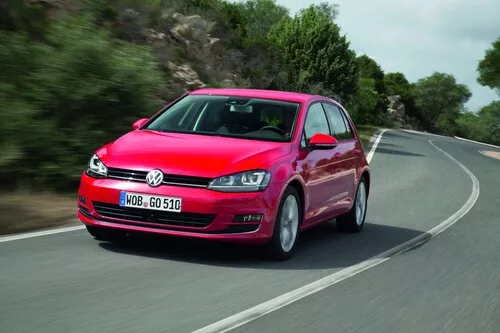Comparison: Boot space Hyundai i30 vs. competitors 2025
How much cargo can handle this Schrägheck?
Ah, the Hyundai i30, a vehicle as practical as a Swiss Army knife, but significantly larger and much less likely to be confiscated at airport security. This stout little motorcar has been ferrying families, hauling groceries, and somehow fitting into those 'compact only' parking spaces since its inception. But we're not here to talk about its cat-like agility or the engineering prowess behind its fuel efficiency. No, today we're fixated on the cavernous abyss behind its rear seats - the boot space.
Hyundai i30 - How has the boot space changed over the generations?
Through the years, from its debut in 2007 to the current model gallantly gracing our roads, the boot space of the i30 has seen as much evolution as the phone in your pocket. Initially, our cargo-holding hero started with a respectable 340 liters of space. Not too shabby for hauling your weekly shop or the occasional flatpack furniture impulse buy. But Hyundai, not content with 'respectable', decided to supercharge this capacity in the successive generation. The second chapter in the i30 saga, emerging in 2012, boasted 378 liters, and they didn't stop there. Fast forward to the latest iteration, the boot space swelled to a generous 395 liters. That's enough room for your groceries, the neighbor's groceries, and possibly a small band's musical instruments.
Hyundai i30 generations
-
i30, Model year 2016 (3.Generation) 395 l
-
i30, Model year 2017 ) (i30 3. Generation (1. Facelift) 395 l
-
i30, Model year 2020 ) (i30 3.Generation (2. Facelift) 395 l
-
i30, Model year 2024 ) (i30 3. Generation (3. Facelift) 395 l
-
i30, Model year 2012 (2.Generation) 378 l
-
i30, Model year 2015 ) (2.Generation (1. Facelift) 378 l
-
i30, Model year 2007 (1.Generation) 340 l
-
i30, Model year 2010 ) (1.Generation (1. Facelift) 340 l
The difference in Boot space between first generation (1.Generation) from 2007 and last generation (i30 3. Generation (3. Facelift)) from 2024 is 55 l.
The boot space of the current generation of i30 is 395 l.
Variants
The boot space compared to other Hyundai models
In the grand tapestry of Hyundai's motley convoy, the i30 presents itself as the meticulously balanced middle child. Not quite as vast as the cavernous Santa Fe or as cozy as the compact yet surprisingly roomy i10, the i30 strikes a harmonious balance. With its boot capacity of 395 liters, it overshadows its Hyundai brethren like the Kona and the i20, making it the ideal choice for those who favor a tad more space without venturing into the realm of SUVs or wagons. It's like Goldilocks choosing the 'just right' porridge, except Hyundai engineered this porridge to fit all your luggage.
How does the boot space of the Hyundai i30 compare to it's nearest competitors?
But how does our capacious chariot fare against the motley crew of competitors scurrying about the urban jungle? Strap in; it's a bumpy comparison ride. Against the dinky ORA Funky Cat, the i30's boot is a veritable chasm, dwarfing the Funky Cat's 228 liters with disdain. The Nissan Micra, with its mere 206 liters, might as well be a glove box in comparison. However, when you stroll into the territory of the Rover (Austin) SD, with its whopping 491 liters, the i30 respectfully tips its hat in acknowledgment of a bigger beast. On an adventurous detour, the Honda Jazz attempts to sing a harmonious tune with 380 liters, pitifully falling short of the i30's capacious offering. Looking across the landscape, the i30 stands tall, not merely for its size but for embodying the perfect equilibrium between utility and urban maneuverability. In this vehicular coliseum, the i30 doesn't always reign supreme in capacity, but it consistently punches above its weight class, leaving many rivals staring enviously at its tailgate.
Hyundai i30 vs. similar cars
-
Nissan Townstar 2022 775 l
-
Sono Motors Sion 2021 650 l
-
Tesla Model 3 2023 594 l
-
BMW i4 2024 470 l
-
Skoda Scala 2024 467 l
-
Ligier Myli 2023 459 l
-
 Suzuki S-Cross 2022
430 l
Suzuki S-Cross 2022
430 l
-
KIA Stinger 2017 406 l
-
Skoda Kamiq 2024 400 l
-
Hyundai i30 2024 395 l
-
NIO ET5 2023 386 l
-
 VW ID.3 2023
385 l
VW ID.3 2023
385 l
-
 Daewoo Nexia 1995
380 l
Daewoo Nexia 1995
380 l
-
BYD Dolphin 2023 345 l
-
GWM ORA 07 2024 333 l
-
Alpine A290 2024 326 l
-
 MG MG3 2024
293 l
MG MG3 2024
293 l
-
 Mazda 2 Hybrid 2024
286 l
Mazda 2 Hybrid 2024
286 l
-
Silence S04 Nanocar 2024 247 l
-
GWM ORA 03 2024 228 l
-
Leapmotor T03 2024 210 l
-
Fiat Topolino 2023 63 l
-
Citroen Ami 2024 63 l
Similar cars
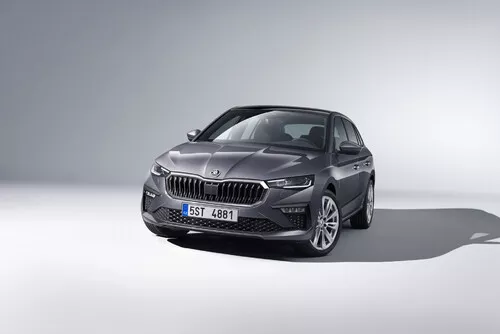
2024
• NW
Body type
Hatchback
Length
4362 mm
Width
1793 mm
Height
1514 mm
Wheelbase
2649 mm
Boot capacity
467 l
Weight
1199 kg
Doors
5
Boot space
467 l
(+18%)

 2023
• RJA
2023
• RJA
Body type
Hatchback
Length
4053 mm
Width
1798 mm
Height
1439 mm
Wheelbase
2583 mm
Boot capacity
391 l
Weight
1189 kg
Doors
5
Boot space
391 l
(-1%)
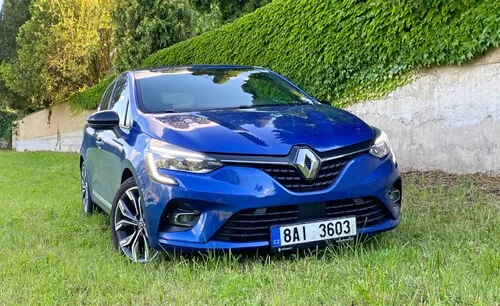
Body type
Hatchback
Length
4053 mm
Width
1798 mm
Height
1440 mm
Wheelbase
2583 mm
Boot capacity
391 l
Weight
1124 kg
Doors
5
Boot space
391 l
(-1%)
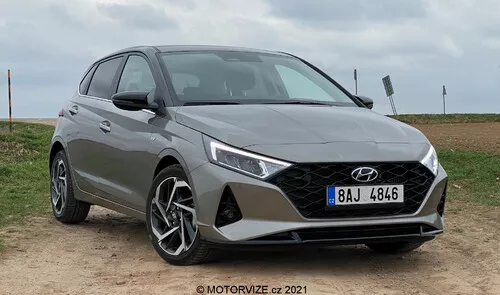
2023
• BC3
Body type
Hatchback
Length
4065 mm
Width
1775 mm
Height
1450 mm
Wheelbase
2580 mm
Boot capacity
352 l
Weight
1088 kg
Doors
5
Boot space
352 l
(-11%)
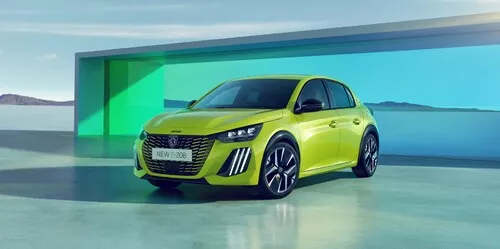
Body type
Hatchback
Length
4055 mm
Width
1745 mm
Height
1430 mm
Wheelbase
2540 mm
Boot capacity
352 l
Weight
1108 kg
Doors
5
Boot space
352 l
(-11%)
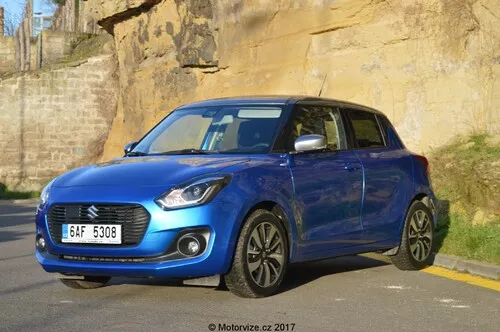
2024
• UZ
Body type
Hatchback
Length
3860 mm
Width
1735 mm
Height
1485 mm
Wheelbase
2450 mm
Boot capacity
265 l
Weight
1069 kg
Doors
5
Boot space
265 l
(-33%)
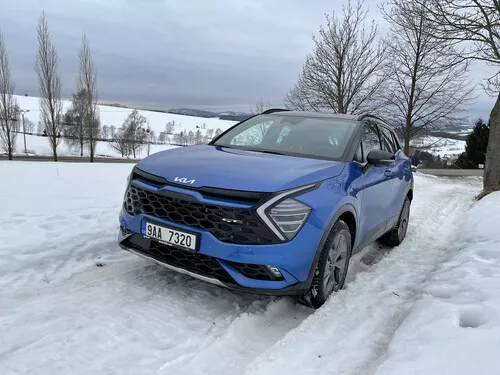
Body type
Hatchback
Length
4061 mm
Width
1765 mm
Height
1435 mm
Wheelbase
2538 mm
Boot capacity
309 l
Weight
1110 kg
Doors
5
Boot space
309 l
(-22%)
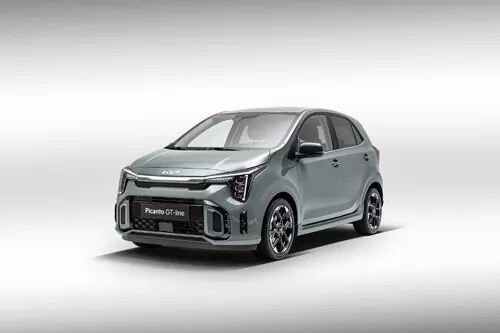
2024
• JA
Body type
Hatchback
Length
3605 mm
Width
1595 mm
Height
1485 mm
Wheelbase
2400 mm
Boot capacity
255 l
Weight
981 kg
Doors
5
Boot space
255 l
(-35%)
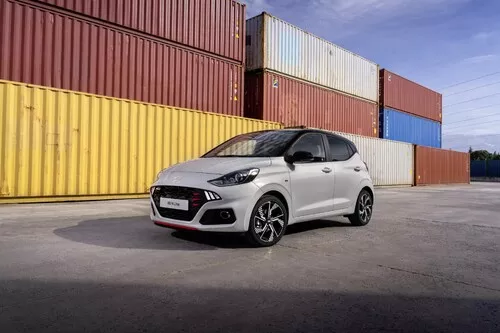
2023
• AC3
Body type
Hatchback
Length
3670 mm
Width
1680 mm
Height
1480 mm
Wheelbase
2425 mm
Boot capacity
252 l
Weight
996 kg
Doors
5
Boot space
252 l
(-36%)
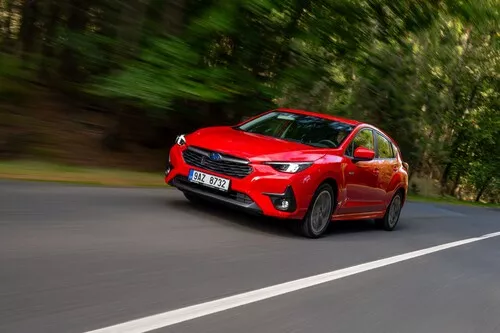
Body type
Hatchback
Length
4490 mm
Width
1780 mm
Height
1515 mm
Wheelbase
2670 mm
Boot capacity
315 l
Weight
1574 kg
Doors
5
Boot space
315 l
(-20%)
Compare with ...
Find the Perfect Match
Compare your car with other models
